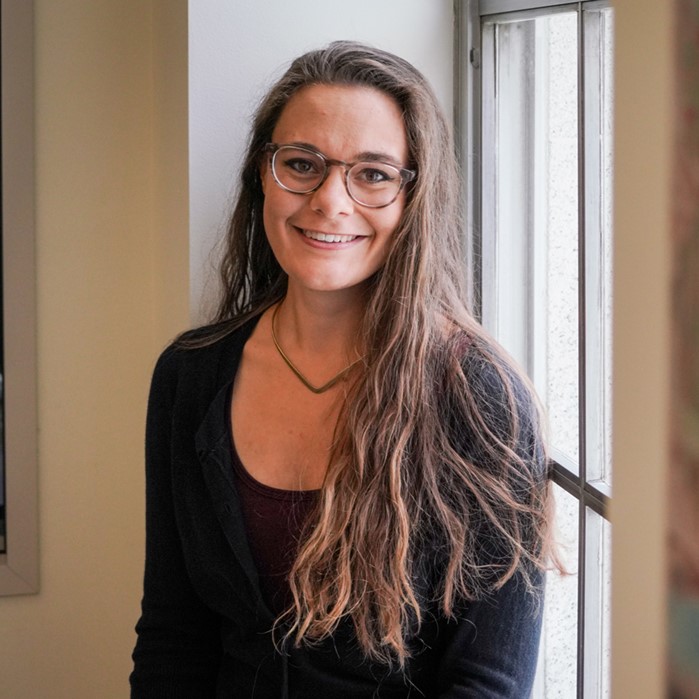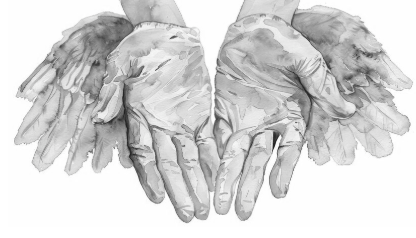April 18th 2025

Leah Packard-Grams
Leahpackgrams@berkeley.eduI am an interdisciplinary ancient historian, papyrologist, and
archaeologist in UC Berkeley’s interdisciplinary program (AHMA)
currently dissertating on the archives in the Tebtunis crocodile
mummies. My primary interests include Greek and Demotic papyrology, the
archaeology of Greco-Roman Egypt, and the materiality of ancient textual
artifacts. I am part of two excavations in Egypt (Hibeh with UC
Berkeley + Amheida with NYU). I am passionate about diversifying the
field of ancient history to include those accounts of people who have
been historically marginalized, and I strive to bridge the disciplinary
divides that artificially separate archaeology, papyrology, and
Egyptology.
This book has introduced a paradigm shift in the way Egyptologists conceive of our field. By centering the women of early Egyptology, Sheppard asserts, we can finally see a previously invisible force that propelled the birth of the discipline: women’s work. Women in the Valley of the Kings, simply put, is a history of early Egyptology from the erased perspective of women’s contributions.
I came away from this book with a new understanding of the field, and I think this new conception really emerged from what were, for me, the 4 most valuable takeaways. These takeaways stood out to me as revolutionary for Egyptology.
- Women did not (usually) do the same work as men in early scholarship. While men conducted physical excavations, women were the documentary powerhouses that preserved and recorded these findings. As documentary experts, they were scholars who were skilled in drawing sketches, writing academic scholarship, writing professional correspondence (read: sustaining the social networks that enabled excavations!), and documenting day-to-day life on-site in their personal journals and letters home. These “personal writings” have in many cases proven to be essential to modern reevaluations of previous excavations. At first this documentary contribution may seem low-stakes, but it is not. I study a site that was excavated by an all-male team in 1899-1900 (Umm al Baragat). We have nothing in the way of site plans, sketches, or dig diaries from this all-male team (trained by Petrie, even!). It has taken a herculean effort to reconstruct the general days that artifacts were excavated, let alone their stratigraphic or assemblage contexts. After reading WITVOTK, I truly believe that if a woman were at the site, we would possess an exponentially better understanding of Greco-Roman Egypt.
- When women did excavate, the few women-led excavations in this era were run differently than those of their male counterparts. Women’s digs *tended to treat Egyptian workers better, were certainly better-documented, and were also subject to a greater amount of scrutiny than men’s digs.
- The history this book presents us with now was intentionally erased in the past. Systems of patriarchy and academic exclusivity have ignored women’s work and in effect, this disregard and de-valuing has served to hide this history. To ignore this history is to erase it. However, there are many points in the book where I was encouraged to learn of male scholars who did value thesir women coworkers, and saw them as peers! It was a lovely surprise, but these wonderful men were ultimately few and far between, resulting in a hidden history.
- These (white!) women participated in exploitative systems of colonialism that must be condemned as harmful in retrospect. Sheppard does not shy away from this fact, but nor does she advance an agenda on how we “should” view them. This is outside the scope of the book, and it is up to the reader (and indeed, the modern scholarly community) to grapple with the fact that these women were simultaneously marginalized and maginalize-ers. They were oppressors and yet they were also oppressed. Both are true. Sheppard does not paint them as heroes… because they were not heroes. They were humans.
If you’d like to know the WHY behind these four points… read the book. That is what it is for. I will not re-write something that has already been written.
I found myself thinking at times how there are bound to be critiques of this book, but I think that these critiques are due to the format, which is apparent from the beginning: it is a history written by an academic who has made it accessible. Let me put it this way; I anticipate that academics will find Sheppard’s narration “speculative” and be unsatisfied with the endnotes. I also anticipate that the layperson will criticize the book for being too pedantic, elevated, and obscure. But Sheppard is working in the way Copley Winslow described Amelia Edwards’ work: striking the perfect balance between “sparkle” and scholarship. Those put off by her sparkle will dismiss the scholarship. Those put off by the book’s historiography will miss the intricate beauty of its history. My advice to the potential reader is to greet this book for what it is, a long-overdue (and hidden) history, presented in a thorough and accessible manner.




